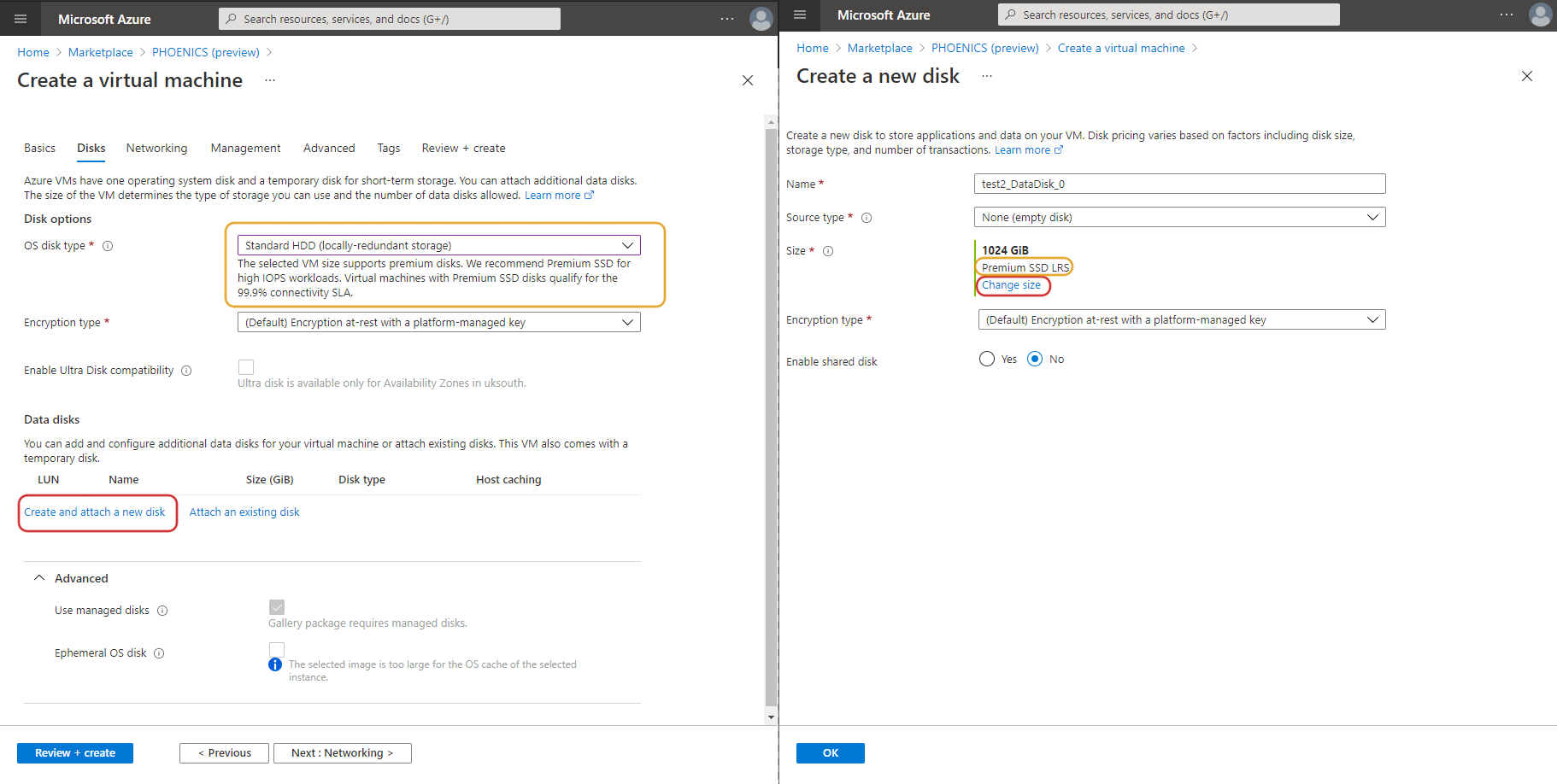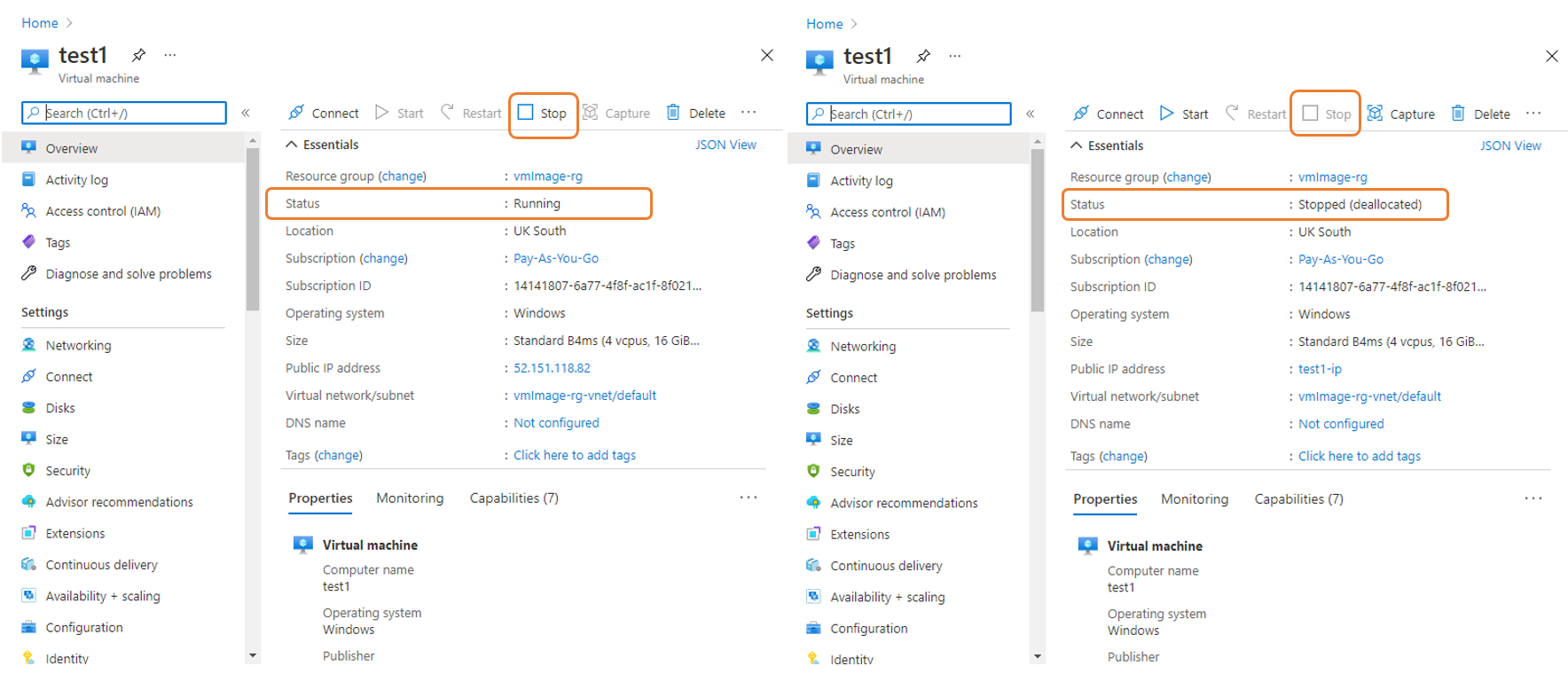

CHAM has partnered with Microsoft Azure to provide a flexible and rapidly scalable solution for deploying PHOENICS. This is achieved by using secure virtual machines (VM) that are provided pre-configured by CHAM with all the necessities to run CFD simulations thus turning it into a plug-and-play solution without the need to set up any infrastructure.
Microsoft Azure also provides other services, including Blob Storage for long-term and low cost data storage. This may beneficial for storage of results from large models that would not fit on standard hard drives.
The present configuration of PHOENICS-OTC uses instances of VMs that are available in various hardware configurations in terms of CPU, type and number of cores, RAM amount and channels, and storage types. The ideal configuration will depend on the characteristics of the case and the time constraints imposed.
The ideal hardware configuration for running CFD simulations is a high CPU to memory bandwidth ratio. The VM families that we SUGGEST are:
Please note that first time users of the Azure platform may need to request an increase of their vCPU quotas before they can access the larger VMs. This is a safety measure that Azure has in place to avoid first time users accidentally incurring large costs.
Azure allows a free trial with limited hardware availability for a limited time. This free trial can be used to access offers in the Azure Marketplace. The PHOENICS-OTC offer does not itself offer a free trial.
Please note that the Azure free trial will require a valid credit/debit card and phone number to validate the registration also that free trial only provides infrastructure cost, licensing costs will remain.
The free trial can be later upgraded to Pay-As-You-Go (PAYG) subscription to access machines capable of running commercial CFD cases.
Users wary of accidental bills can set a spending limit on their subscription.
To start running simulations on the cloud follow these steps:
It is advised to select a Standard HDD for running CFD for lower running costs. Applications such as PHOENICS do not write to disk often and thus the benefit from fast disks is limited.
The C:\ drive created by PHOENICS-OTC is 128GB, if more storage is required this can added as shown in the following figure.

The VM type and the disks attached can just as easily be changed after the VM has been created and utilized.
Working on a VM is identical to working with any remote PC, which it self is identical to working on any normal PC.
To connect to a VM go to the Azure Portal, start up the VM and download the .rdp file and simply enter your the login credentials for the VM.
The easiest way to copy files from/to the VM is using Ctrl+C/Ctrl+V. However, for more complex operations the AzCopy command-line utility can be used. Uploading files of any size is free, but there is a charge for downloading.
You are now ready to run CFD simulations!
Just be sure to Stop (De-allocate) the VM when you are done!

Tutorials on running PHOENICS can be seen here.
Video tutorials are available here.